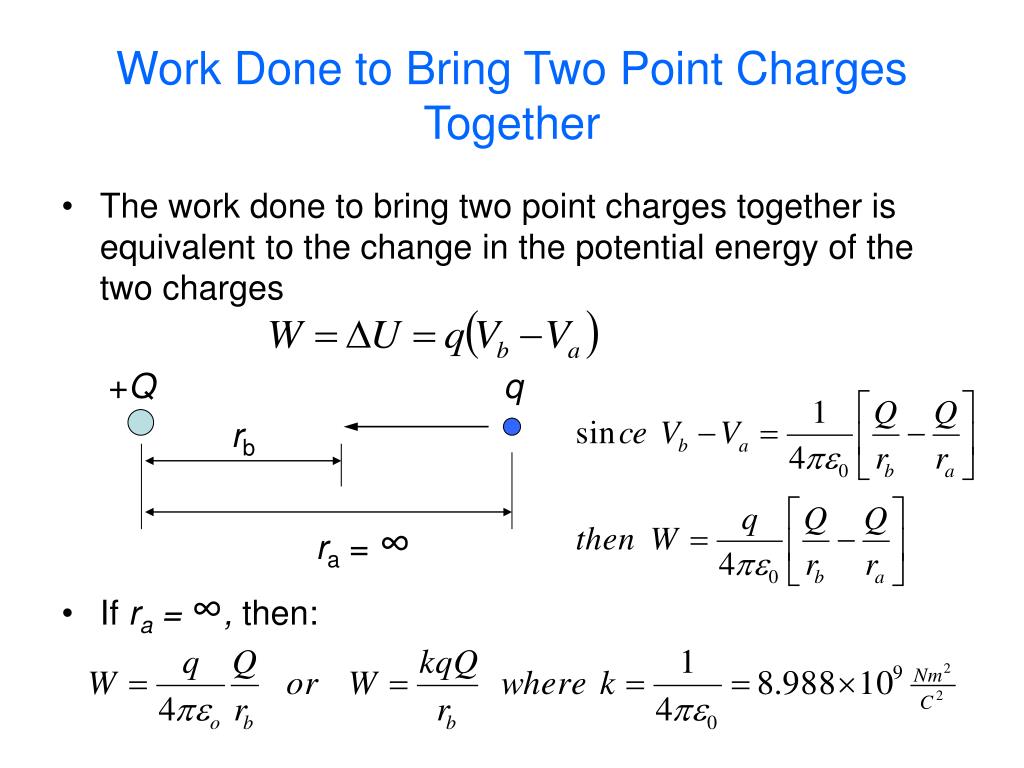
This surface is maintained at an equal potential as there is no change expected along this surface. Hence, the equipotential surface is always perpendicular to the electric field lines. In the case of n-dimensional space (for instance, in 2-dimensional space), if the electric field lines are present, then the equipotential surface lies perpendicular to this plane, and therefore this imaginary surface lies along the Z-axis if the electric field is set in an X-Y plane. Let ‘t’ be the time taken by the electron in attaining a final speed of 0.1 ‘c.’ Similarly, the acceleration of the electron is given as, Find the time taken by the electron in attaining a speed of 0.1 c, where ‘c’ is given as velocity of light. If an electron having mass ‘m’ and charge ‘e’ is released from rest in a uniform electric field of 106 newton/coulomb, then compute its acceleration. Let’s Look Into an Example Problem on the Equipotential Surface The spacing between the equipotential surfaces enables us to identify strong and weak field regions. It means that the concentric spheres around the point charge contain different equipotential surfaces

The equipotential surface is a sphere for an isolated point charge. The equipotential surface direction is from high potential to low potential.Īny plane that is normal to the field direction is an equipotential surface in a uniform electric field No work is needed to move a charge from the centre to the surface. This can be treated as equipotential volume. The potential is constant inside a hollow charged spherical conductor. The equipotential surfaces are of concentric spherical shells for a point charge. The equipotential surfaces planes normal to the x-axis for a uniform electric field Two equipotential surfaces can never intersectĪlways, the electric field is perpendicular to an equipotential surface. The main properties of the equipotential surface are listed below. If a point charge is moved from the point V A to V B in an equipotential surface, the work done in moving the charge can be given by,īecause V A – V B value is equal to zero, the total work done, W = 0. The work done happens while moving a charge between the two points in an equipotential surface is zero. Furthermore, if these points are distributed throughout either a volume or space, it is called an equipotential volume. When such points lie on a surface, it is called an equipotential surface. If these points are connected by a curve or a line, it is referred to as an equipotential line. If the points present in an electric field are all at similar electric potential, then they are called the equipotential points. In simple words, any surface having the same electric potential at every point is referred to as an equipotential surface. There is no work essential to move a charge from one point to another on the equipotential surface. Within this site there are a number of questions about using the integral to find the work done and getting the wrong sign for the answer.Īlmost all the errors are due to using $-dr$ instead of $dr$ within the integral and/or including $\cos \pi$ when evaluating the dot product, eg link 1, link 2, etc.The locus of all point’s surfaces, which exists at a similar potential, is called the equipotential surface.

With the sign of $dr$ being dictated by the limits of integration. I think you are not considering the displacement as a vector- suppose one is at a position $\mathbf\, dr$$ "we know that if the applied force is in the direction of the displacement then work done is positive.But in case of bringing 2 opposite charges from infinite to a certain distance,the work done is negative even the force and the displacement of the charge is in the same direction."


 0 kommentar(er)
0 kommentar(er)
